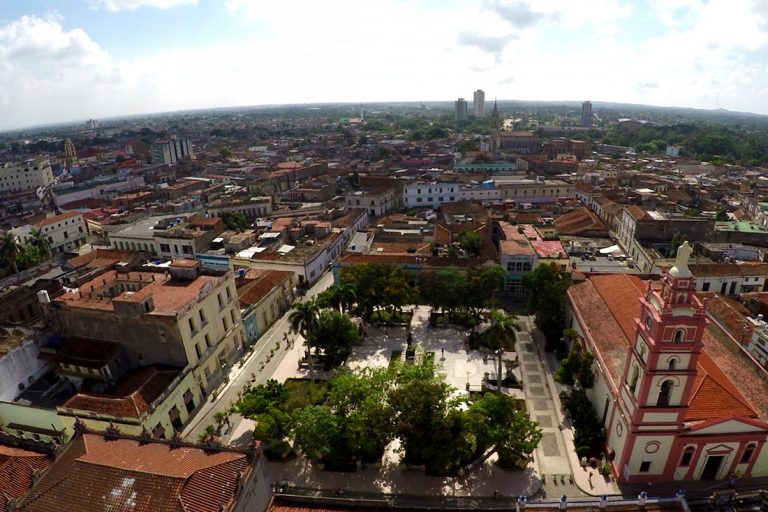It could not be any other day than that of Candelaria, which means light, the date chosen to found the town of Santa María del Puerto del Príncipe, February 2nd, 1514.
Since the Aboriginal uprising known as Matanza de Caonao, nowadays, Esmeralda; Since Silvestre de Balboa, scribe of the princely council, wrote his Espejo de Paciencia, this town in the center of Cuba has marked firm steps in Cuban history and culture.
The region of shepherds and hats has been a land of mysticism and legends, where pirate adventures in its ports and love stories such as that of Princess Tínima stand out; as well as famous epitaphs like that of Dolores Rondón. Birthplace of Ignacio Agramonte, Gertrudis Gómez de Avellaneda, Carlos J Finaly and Nicolás Guillén … the town turned into a city was a participant in the most just causes for independence.
Milestones such as that first libertarian attempt by Joaquín de Agüero, the feared cavalry of Agramonte and the rescue of Sanguily, are some examples of the unique value of this town, which, according to Camilo, will never be a traitor.
The waterpots, the churches, the eclectic architecture, the complex and conserved layout of streets and alleys, are symbols of this city. Its cultural life, its National Theater Festival, its Image Store, its San Juan… make it an important center for artistic development and the preservation of popular traditions.
A part of its Historic Center, declared a World Heritage Site, offers a preserved space of historical relevance, forged with the effort and work of several generations and those who work to make the heritage area a unique experience.
The town founded in Punta del Guincho since the 16th century is 507 years old, a celebration that this time will change its context and modes of expression; the people of Camagüey, aware of the new challenges that the city calls for, always nourished by the sense of shame of Agramonte and the care of those who inhabit it.
Translated by: Aileen Álvarez García






